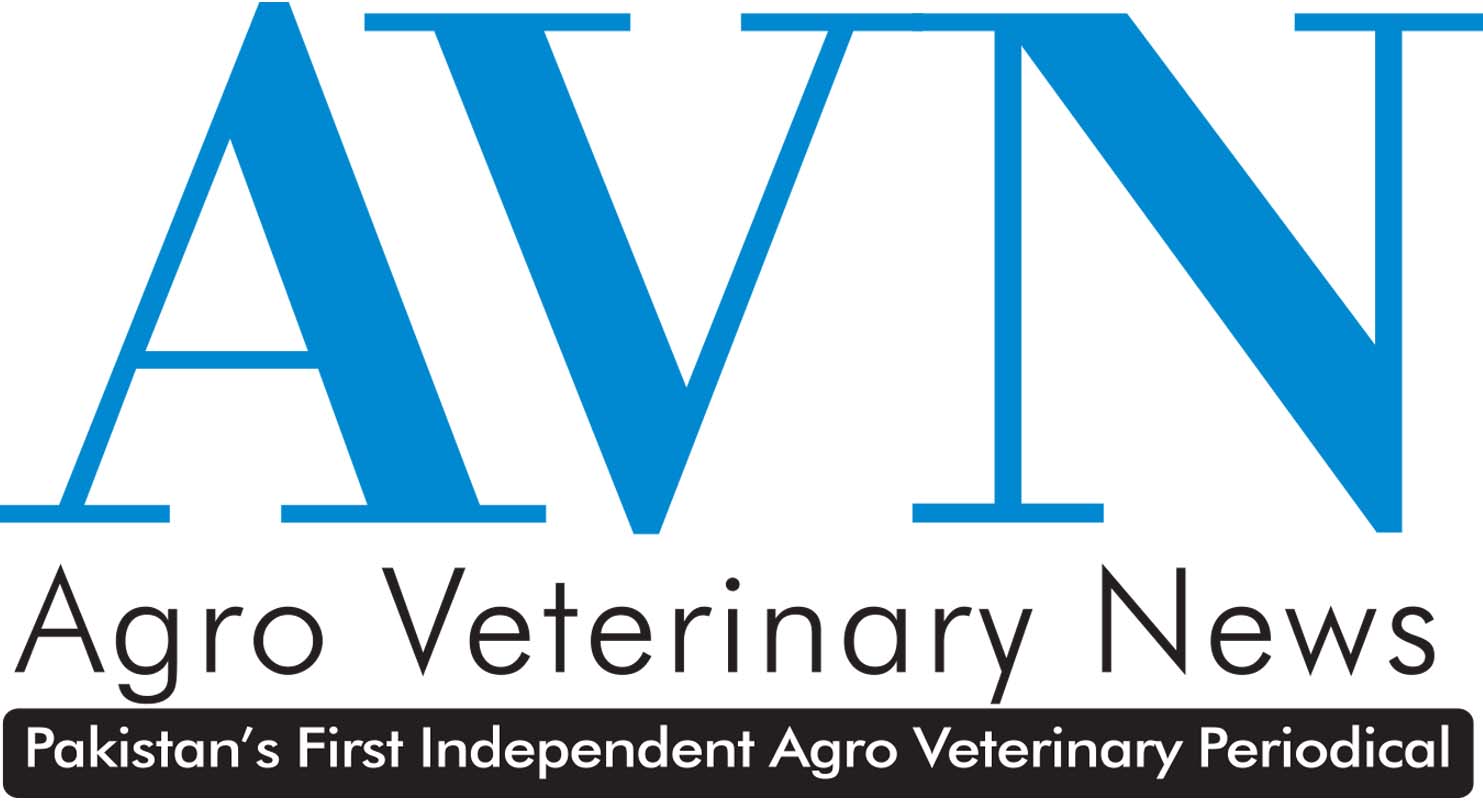The normal body temperature of chicken has been found to be 105 to 107°F. The birds with high metabolic rate are more susceptible to various stress problems, which lowers the profit margin due to higher percentage of morbidity and mortality especially during extreme hot seasons.
The following are the most commonly face problems due to severe heat in summers.
-
Reduce the factors for heat
It is recommended that the depth of the litter should be modulated. The increase in the heap of litter, will comparatively increase the harmful factors to the birds in addition to the atmospheric heat. The heat produced from the birds is increased when the usual stocking density also heightens. Hence it is advisable to reduce the stocking density by increasing the floor space allowances. During extreme summer season, the environmental heat causes a severe threat to the birds, in addition to the heat disseminated from the birds.
It is advised to eliminate the total heat by installing pedestal fans / exhaust fans/ providing additional ridge ventilation. To reduce the heat radiating from the roof, the top of the roof should be painted with white colour and the bottoms of the roof should be painted with black colour. If the roof is of asbestos or tiles, it can be insulted by spreading paddy straw or thatches on the top of the roof.
If the temperature is too high, sprinkling of water on the top of the roof should be advised. Wet gunny bags should be screened on the sides of the poultry houses. This will reduce the heat considerably. Before constructing the poultry house, short growing plants and trees like soobabul, agathi, neem trees etc, should be planted around the sides of the houses
-
Nutritional manipulation
During summer months, the birds consume less quantity of feed than the usual consumption. This leads to less consumption of nutrients intake and thereby resulting in poor weight gain, drop in egg production and egg size. Hence it is suggested to increase the density of the nutrients in the ration. The energy level should be reduced and protein, calcium, phosphorus and all other important vitamin levels in the ration should be increased in extreme hot seasons. It is advisable to encourage the birds for consuming their maximum quantity of feed during the cooler parts of the day. Wet mash feeding is advisable during extreme hot summer. Increasing the frequency of feeding and raking the feed often will increase the feed consumption during summer. Provision of cool, clean, fresh and wholesome water is advocated. Ice cubes should be added to the water at extreme hot temperature period. Incorporation of anti stress vitamins like vitamin C in water should be advised. Frequency of watering the birds should be increased.
-
Disease problems
General disease resistance of the birds is declined during summer season. Extreme temperature during hot season is the predisposing factor for the outbreak of the various diseases like Ranikhet, Infectious bronchitis, Infectious laryngeotrachitis, Infectious bursal diseases, Fowl pox etc, in poultry. Hence necessary precautions should be carried out. In order to check these diseases it is imperative to follow preventive vaccinations, follow strict sanitations and disinfection procedures along with proper medications.
Based on this, the poultry farmers are advised to strictly follow the basic principles for improving their flock performance during summer.
-By Ghulam Raza Shah, Shaheed Banazir Bhutto University of Veterinary Animal Science (SBBUVAS), Sakrand





